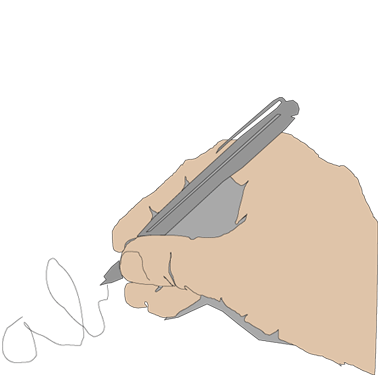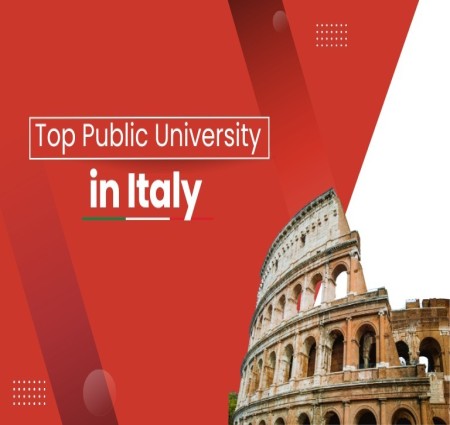Blog by yesitalyeducation | Digital Diary
" To Present local Business identity in front of global market"
" To Present local Business identity in front of global market"
 Digital Diary Submit Post
Digital Diary Submit Post
 Studying in Italy is a dream for many international students. The country is home to some of the oldest and most respected universities in Europe, and it offers excellent education at affordable tuition fees. If you are planning to study abroad, knowing how to apply to Public Universities in Italy is an important step. This guide will explain the process in simple words, with practical tips for st...
Read More
Studying in Italy is a dream for many international students. The country is home to some of the oldest and most respected universities in Europe, and it offers excellent education at affordable tuition fees. If you are planning to study abroad, knowing how to apply to Public Universities in Italy is an important step. This guide will explain the process in simple words, with practical tips for st...
Read More
Studying in Italy is a dream for many international students. The country is home to some of the oldest and most respected universities in Europe, and it offers excellent education at affordable tuition fees. If you are planning to study abroad, knowing how to apply to Public Universities in Italy is an important step. This guide will explain the process in simple words, with practical tips for students.
Italy has a rich tradition of education, with universities that are centuries old and globally recognized. Many students prefer Public Universities in Italy because:
Tuition fees are lower compared to private institutions.
They offer a wide range of programs in English and Italian.
Many are ranked among the best universities in Europe.
International students can access scholarships and grants.
The vibrant culture, history, and student life make Italy an exciting destination.
The first step is to research different Public Universities in Italy and find the one that suits your goals. Look at:
Courses available in English and Italian.
Location of the university (Rome, Milan, Bologna, Florence, etc.).
International rankings and reputation.
Scholarships and financial aid options.
Some names often come up as a top Public University in Italy, such as:
University of Bologna
Sapienza University of Rome
University of Milan
Politecnico di Milano
University of Padua
These institutions are respected worldwide and attract thousands of students each year.
After shortlisting universities, focus on selecting the right program. Italy offers a variety of options, from arts and architecture to engineering and medicine. Many students also look for the Best Courses in Italy in fields like:
Fashion and Luxury Management
Architecture and Design
Medicine and Surgery
Engineering and Computer Science
Business and Economics
Make sure the program aligns with your career plans and check if it is taught in English if you are not fluent in Italian.
Every university has its own requirements, but the general process for Public Universities in Italy includes:
High school diploma or bachelor's degree (depending on the program).
Transcripts of academic records.
English language certificate (IELTS, TOEFL) or Italian language certificate if required.
Valid passport.
Letter of motivation and sometimes recommendation letters.
Some programs, especially medicine, architecture, and engineering, may also require entrance exams.
Make sure your documents are ready before applying. Commonly required papers include:
Educational certificates translated into Italian or English.
Proof of language proficiency.
Passport-size photographs.
Copy of your passport.
Application form provided by the university.
Pro Tip: Always check the official university website for the most updated list of required documents.
Most applications are submitted online. International students often apply through:
University Website – Direct application to the university.
Universitaly Portal – An official platform to apply for certain programs and manage pre-enrollment.
Deadlines are very important, usually between January and April for September intake. Always apply as early as possible.
Some universities may ask for a small application fee (usually between €30–50). Payment is done online during the application process.
Once your documents are reviewed, the university will issue an admission letter if you are accepted. With this letter, you can move to the next step, which is applying for a student visa.
To study in Italy, non-EU students need a student visa. The steps are:
Submit your admission letter from a Public University in Italy.
Show proof of financial support for living costs.
Provide proof of accommodation in Italy.
Have health insurance valid in Italy.
You will need to apply at the nearest Italian consulate or embassy in your country.
Once you arrive in Italy, you need to complete the registration process:
Apply for a residence permit within 8 days of arrival.
Register with the university's international office.
Pay the tuition fees.
Most Public Universities in Italy calculate tuition fees based on family income, so you might pay between €500 and €3,000 per year, which is affordable compared to other European countries.
Start preparing at least one year before your chosen intake.
Keep multiple copies of documents.
Double-check translation and legalization requirements.
Apply to more than one top Public University in Italy to increase your chances.
Look for scholarships early.
International students can apply for several scholarships offered by the Italian government and universities. These scholarships help reduce tuition fees and living costs. Many Public Universities in Italy provide:
Merit-based scholarships.
Regional grants (based on financial need).
Fee waivers for outstanding students.
This makes studying at a top Public University in Italy even more affordable.
Life in Italy is not just about studies. Students enjoy:
Affordable lifestyle compared to other European countries.
Rich culture, art, and history.
Delicious food and vibrant cities.
Opportunities to travel across Europe.
For students who choose the Best Courses in Italy, the experience is both academically rewarding and personally enriching.
Applying to Public Universities in Italy may look complex at first, but with proper planning, the process becomes smooth. From choosing a top Public University in Italy to finding the Best Courses in Italy, every step brings you closer to a world-class education and an unforgettable experience.
Start early, prepare your documents carefully, and stay organized. Studying in Italy will open doors to excellent opportunities, both in education and in life.
Read Full Blog...